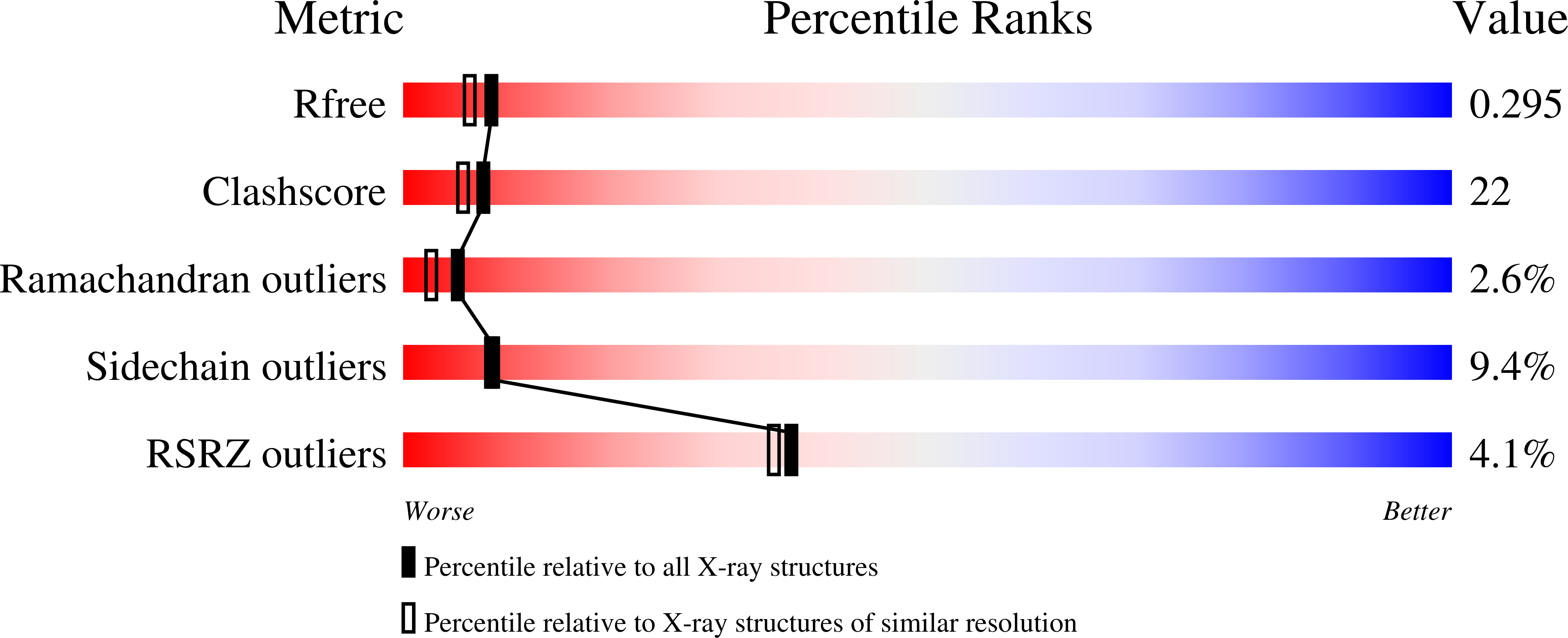
Deposition Date
2008-09-21
Release Date
2008-11-04
Last Version Date
2024-10-30
Entry Detail
PDB ID:
3ELA
Keywords:
Title:
Crystal structure of active site inhibited coagulation factor VIIA mutant in complex with soluble tissue factor
Biological Source:
Source Organism:
Homo sapiens (Taxon ID: 9606)
Host Organism:
Method Details:
Experimental Method:
Resolution:
2.20 Å
R-Value Free:
0.29
R-Value Work:
0.23
R-Value Observed:
0.23
Space Group:
P 1 21 1


